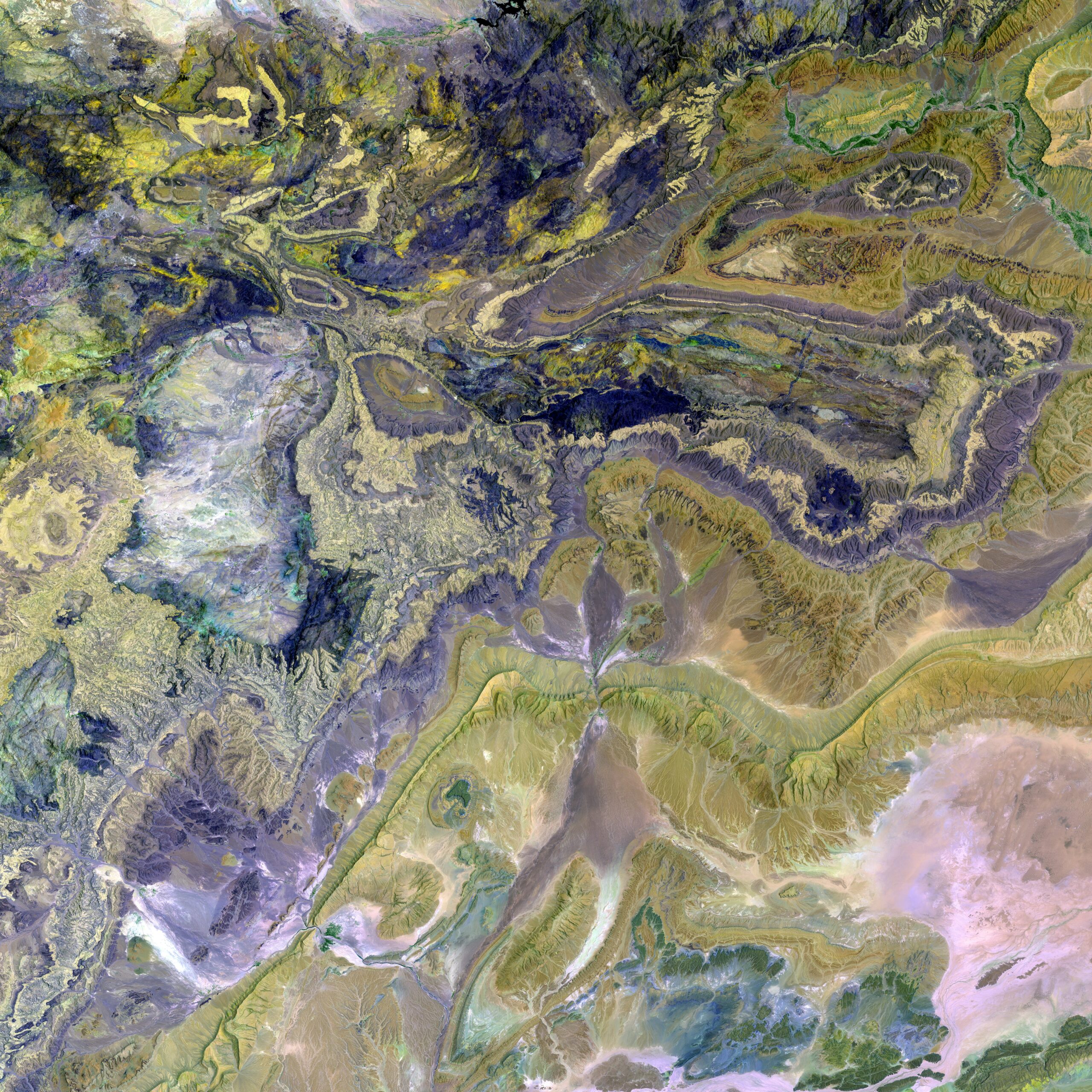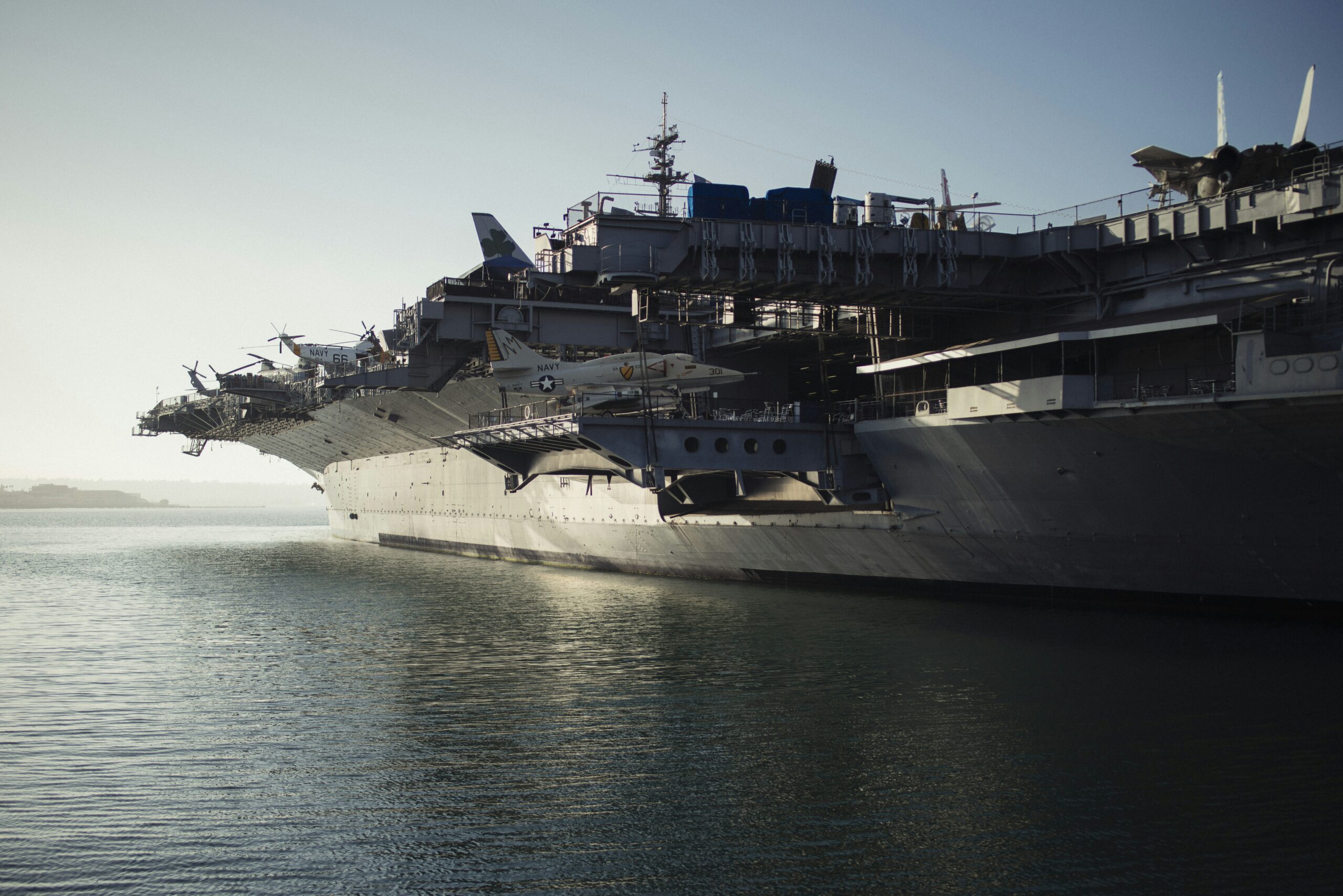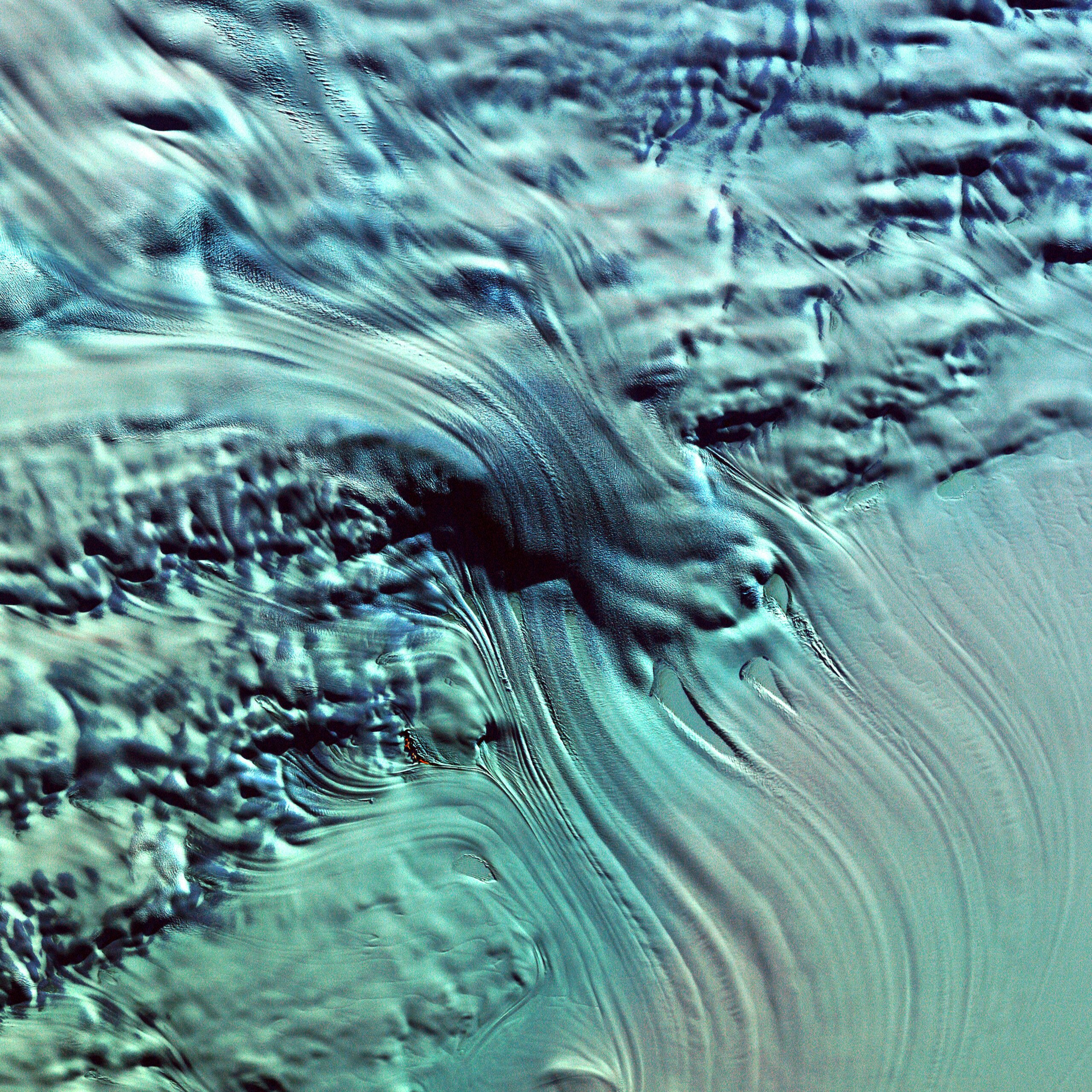In the world of military warfare, there are certain units that have gained recognition not only for their exceptional combat skills but also for their distinctive camouflage patterns. These intricate designs not only help blend in with various environments but also symbolize the pride and identity of these renowned military units. From the legendary Tiger Stripe pattern of the Special Forces to the intricate MARPAT of the United States Marine Corps, these camouflages tell fascinating stories of strategy and creativity. Join us as we explore the fascinating world of famous military units and their unique camouflage patterns.
US Navy SEALs
The US Navy SEALs are renowned for their exceptional skills and unique camouflage patterns that allow them to operate covertly in various environments. The history of the SEALs dates back to the Second World War, with the formation of Naval Combat Demolition Units and Underwater Demolition Teams. These units laid the foundation for what would become the modern-day SEAL teams.
In terms of camouflage patterns, the development of unique designs by the SEALs has played a crucial role in enhancing their effectiveness in different operational scenarios. The SEALs have been at the forefront of camouflage innovation, constantly adapting to the evolving needs of combat environments. Their camouflage patterns incorporate a combination of disruptive shapes, colors, and textures to blend into their surroundings and remain undetected.
The use and effectiveness of SEAL camouflage patterns have been demonstrated in various environments, ranging from dense jungle terrains to arid desert landscapes. The SEALs have developed specialized patterns like the AOR1 (Area of Responsibility 1) and AOR2, which are tailored to specific operational areas. These camouflage patterns employ unique color schemes and disruptive patterns that allow SEALs to effectively blend in with their surroundings, providing them with a tactical advantage.
British Special Air Service (SAS)
The British Special Air Service, or SAS, is another military unit recognized for its distinctive camouflage patterns. The origins of the SAS can be traced back to the Second World War, where elite commando units were established to conduct special operations behind enemy lines. The SAS played a significant role in various military engagements, particularly during the North African campaign, earning a reputation for their bravery and effectiveness.
In terms of camouflage, the SAS has undergone an evolution of patterns over time. The iconic DPM (Disruptive Pattern Material) camouflage, introduced in the 1960s, became synonymous with the SAS and other British military units. This pattern incorporated various shades of green and brown, providing effective camouflage in woodland environments.
In recent years, the SAS has transitioned from DPM to the Multi-Terrain Pattern (MTP) camouflage. The MTP pattern offers improved concealment across a range of landscapes, including woodland, desert, and urban environments. The transition to MTP reflects the SAS’s ability to adapt to changing operational needs and remain at the forefront of camouflage development.

German Waffen SS
The German Waffen SS holds a significant place in military history, particularly during World War II. The Waffen SS was a highly disciplined and formidable fighting force that made use of distinctive camouflage patterns. These patterns were developed to enhance the effectiveness of their troops and improve their concealment on the battlefield.
During World War II, the Waffen SS utilized various camouflage patterns, such as the oak leaf (Eichenlaubmuster) and the plane tree (Platanenmuster) patterns. These patterns featured intricate combinations of colors and shapes, allowing the soldiers to blend into their surroundings and make them difficult to spot. The experimental camouflage patterns developed by the Waffen SS had a profound influence on the evolution of modern military camouflage.
The patterns used by the Waffen SS continue to inspire camouflage design today, with elements of their disruptive patterns and color combinations seen in contemporary military uniforms. The unique and effective camouflage techniques employed by the Waffen SS during World War II have left a lasting legacy on the field of military camouflage.
Russian Spetsnaz
The Russian Spetsnaz, an umbrella term for special forces in the Russian military, has a reputation for their exceptional combat skills and unique camouflage patterns. Spetsnaz units undergo rigorous training and operate in diverse environments, making effective camouflage an essential aspect of their operations.
Spetsnaz camouflage patterns are distinctly Russian, with the ‘Izlom’ and ‘Berezka’ patterns being noteworthy examples. The ‘Izlom’ pattern, meaning “disruption,” is characterized by irregular shapes and contrasting colors that provide concealment in various environments, including wooded areas. The ‘Berezka’ pattern, also known as the “birch” pattern, features intricate white and grey designs, mimicking the appearance of birch trees, and is effective in snowy landscapes.
The role of Spetsnaz in the Cold War and modern conflicts has been significant, with their camouflage patterns playing a crucial role in achieving success on the battlefield. The ability to blend into the environment seamlessly enhances their stealth and increases their chances of mission success. The Spetsnaz continue to adapt their camouflage patterns to suit the specific needs of different operational environments, ensuring they remain a formidable force in modern warfare.

US Army Rangers
The US Army Rangers have a rich history and play a vital role in special operations missions. The Ranger units have been involved in various conflicts, from World War II to the present day, and are known for their exceptional combat skills, endurance, and adaptability.
Camouflage has always been an integral part of the Ranger’s operational effectiveness. Throughout their history, Ranger units have used a variety of camouflage patterns, each designed to provide concealment in specific environments. One notable development in Ranger camouflage was the introduction of Ranger Green.
Ranger Green is a shade of green specifically chosen to blend with woodland environments. The color is specifically formulated to match the predominant colors of leaves and vegetation, allowing Rangers to seamlessly blend into their surroundings. The introduction of Ranger Green helped improve the stealth and survivability of Ranger units operating in forested areas.
Camouflage plays a vital role in the success of Ranger operations, enabling them to conduct missions with reduced risk of detection. Whether it is through the use of specialized patterns or adapting their appearance to blend in with natural surroundings, Ranger units continue to prioritize effective camouflage to enhance their operational capabilities.
French Foreign Legion
The French Foreign Legion, known for its multinational composition and its involvement in conflicts worldwide, has a distinctive history and unique approach to camouflage. The Legion attracts recruits from various countries and operates in diverse climates and terrains, necessitating versatile camouflage patterns.
The Legion’s camouflage design has seen the evolution of several notable patterns, including the Camouflage Centre Europe (CCE) and the Treillis Armée de Terre (TAP47) patterns. The CCE pattern features a mixture of various earth tones, making it effective in a range of environments, such as woodland, grasslands, and rocky terrains. The TAP47 pattern is characterized by the presence of geometric shapes in shades of green and brown, providing camouflage in forested areas.
The importance of camouflage within the French Foreign Legion cannot be overstated. The Legion’s unique multinational composition and diverse operational areas require adaptable and effective camouflage patterns. By providing effective concealment, these patterns enhance the Legion’s operational security, allowing them to carry out missions successfully in a wide range of environments.

US Marine Corps
The United States Marine Corps (USMC) has a rich history dating back to the American Revolution and is well-known for its iconic uniforms and equipment. In recent years, the Marine Corps has introduced the MARPAT (Marine Pattern) digital camouflage, which offers improved concealment and a range of operational benefits.
The adoption of MARPAT digital camouflage by the Marine Corps represented a significant shift in their approach to camouflage design. This pattern utilizes a combination of pixels of varying sizes and colors to create a disruptive pattern, allowing for effective concealment in a range of environments, including woodland, desert, and urban settings. The pixelation helps break up the outlines of individual Marines, making them more difficult to detect.
The importance and benefits of MARPAT digital camouflage are clear. Not only does it provide effective concealment, but it also enhances the sense of unity among Marine units. The visual identity created by the distinctive pattern increases esprit de corps, promoting a sense of pride and cohesion within the Marine Corps.
Indian Para SF
The Indian Para SF, the special forces unit of the Indian Army, plays a crucial role in high-risk operations and counter-terrorism efforts. Effective camouflage is an essential element of their operations, allowing them to blend into their surroundings and maintain the element of surprise.
The Para SF has developed advanced camouflage patterns, with notable examples being the DigiCamo and Disruptive Digital Pattern Material (DDPM). The DigiCamo pattern incorporates a combination of pixels of varying sizes and colors, effectively breaking up the outline of the soldier and providing camouflage in a range of environments. The DDPM pattern features disruptive shapes and coloration that provide effective concealment in woodland environments.
These camouflage patterns have proven invaluable in high-risk operations carried out by the Para SF. Whether operating in dense jungle environments, urban areas, or mountainous regions, effective camouflage allows the Para SF to move undetected and maintain the element of surprise. The development of advanced camouflage patterns reflects the Para SF’s commitment to ensuring the success of their missions.
Australian SAS Regiment
The Australian Special Air Service Regiment (SASR) is a highly regarded special forces unit known for its versatility and expertise in conducting unconventional warfare. With operations in a range of environments, including deserts, jungles, and urban areas, effective camouflage is critical to their success.
The SASR’s camouflage pattern, known as Auscam, has played a crucial role in their operations. Auscam features a combination of light and dark green, brown, and black patches, providing effective concealment in a variety of environments. This pattern allows SASR troopers to blend into different landscapes, enhancing their ability to remain undetected.
The importance of camouflage within the SASR cannot be overstated. The unique challenges presented by operating in diverse environments require adaptable and effective camouflage patterns. The Auscam pattern has proven its value in numerous operations and ensures that the SASR remains an effective and formidable force.
U.S. Navy Working Uniforms
The U.S. Navy Working Uniforms (NWUs) represent a distinctive approach to naval camouflage. The origins of NWUs can be traced back to the desire to provide sailors with an effective and practical uniform for daily shipboard duties.
The introduction of NWU Type I, II, and III marked a significant change in Navy camouflage. NWU Type I, commonly known as the “Blueberries,” features a pixelated blue pattern designed for concealment at sea. NWU Type II, known as the “Desert Digital” or “Desert Digi,” provides camouflage in desert and arid environments with its combination of tan, brown, and green pixels. NWU Type III, referred to as the “Woodland Digital” or “Woodland Digi,” features green, olive, and brown pixels that provide concealment in woodland and jungle environments.
These camouflages have advantages and drawbacks. NWU Type I is effective when operating on or near the sea, but less effective in other environments. NWU Type II and Type III provide better concealment in specific environments, but their pixelated nature can make sailors stand out in traditional naval settings.
It is worth noting that the NWUs have faced criticism in terms of their effectiveness and practicality. However, they reflect the Navy’s efforts to improve the functionality and visibility of its uniforms, ensuring that sailors can perform their duties effectively and move with confidence in various operational environments.
In conclusion, the military units mentioned above are renowned for their unique camouflage patterns, which have played a significant role in enhancing their effectiveness and operational success. From the US Navy SEALs to the Russian Spetsnaz, each unit has developed and utilized camouflage patterns tailored to their specific needs and environmental challenges. These patterns not only provide effective concealment but also foster a sense of unity and pride within the units. The development and evolution of these camouflage designs continue to influence modern military camouflage, ensuring that military personnel can operate with increased stealth and effectiveness in diverse environments.

